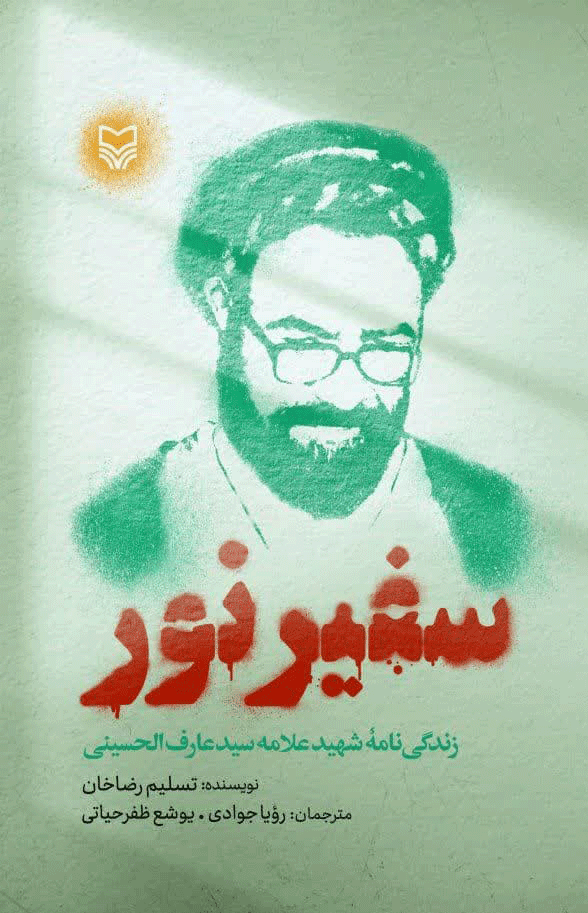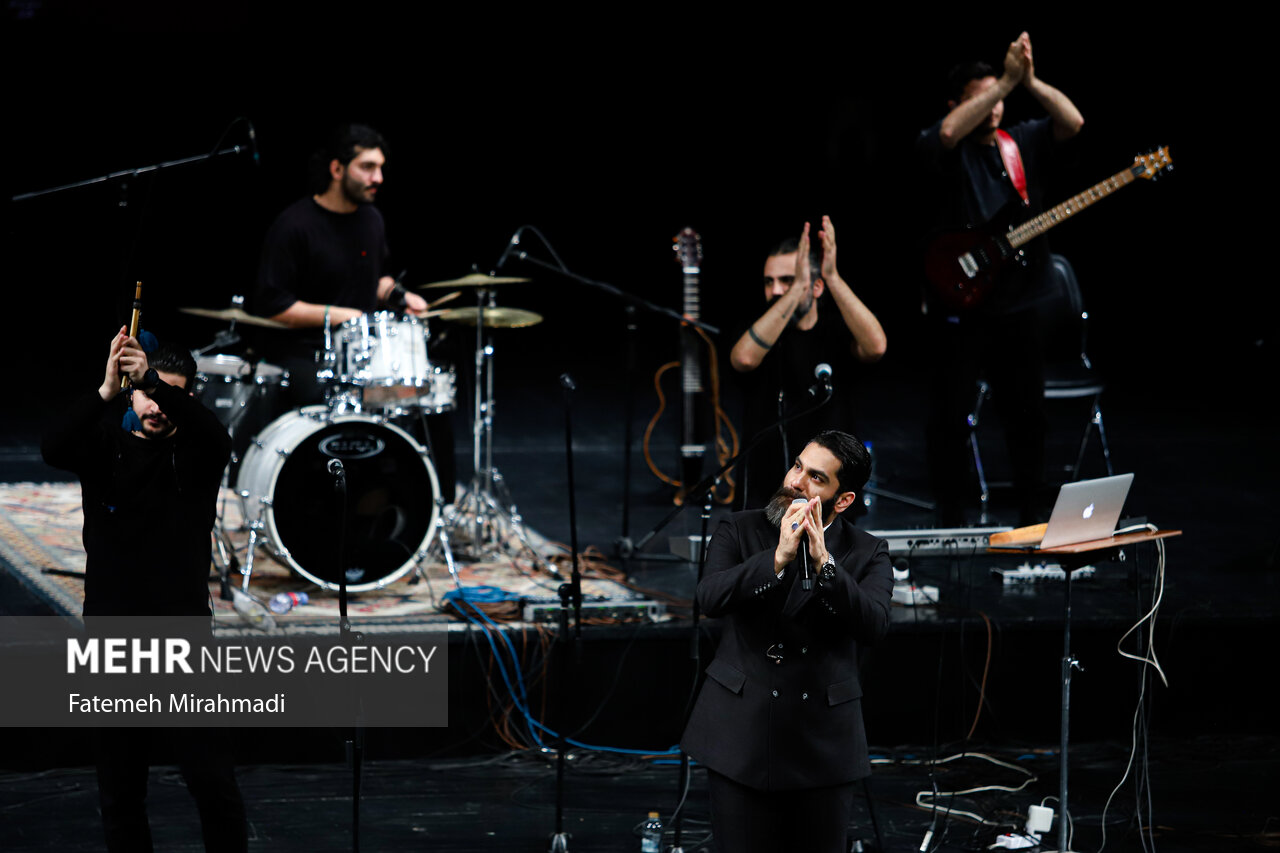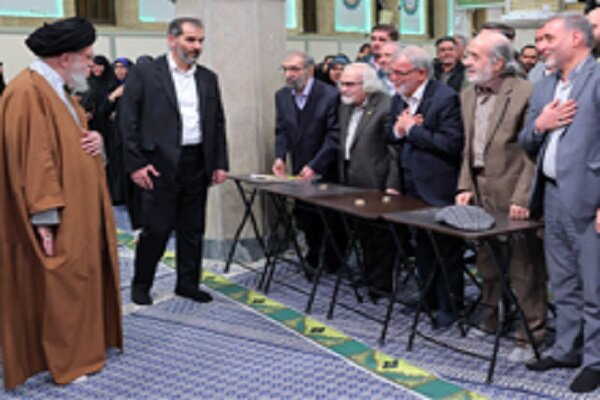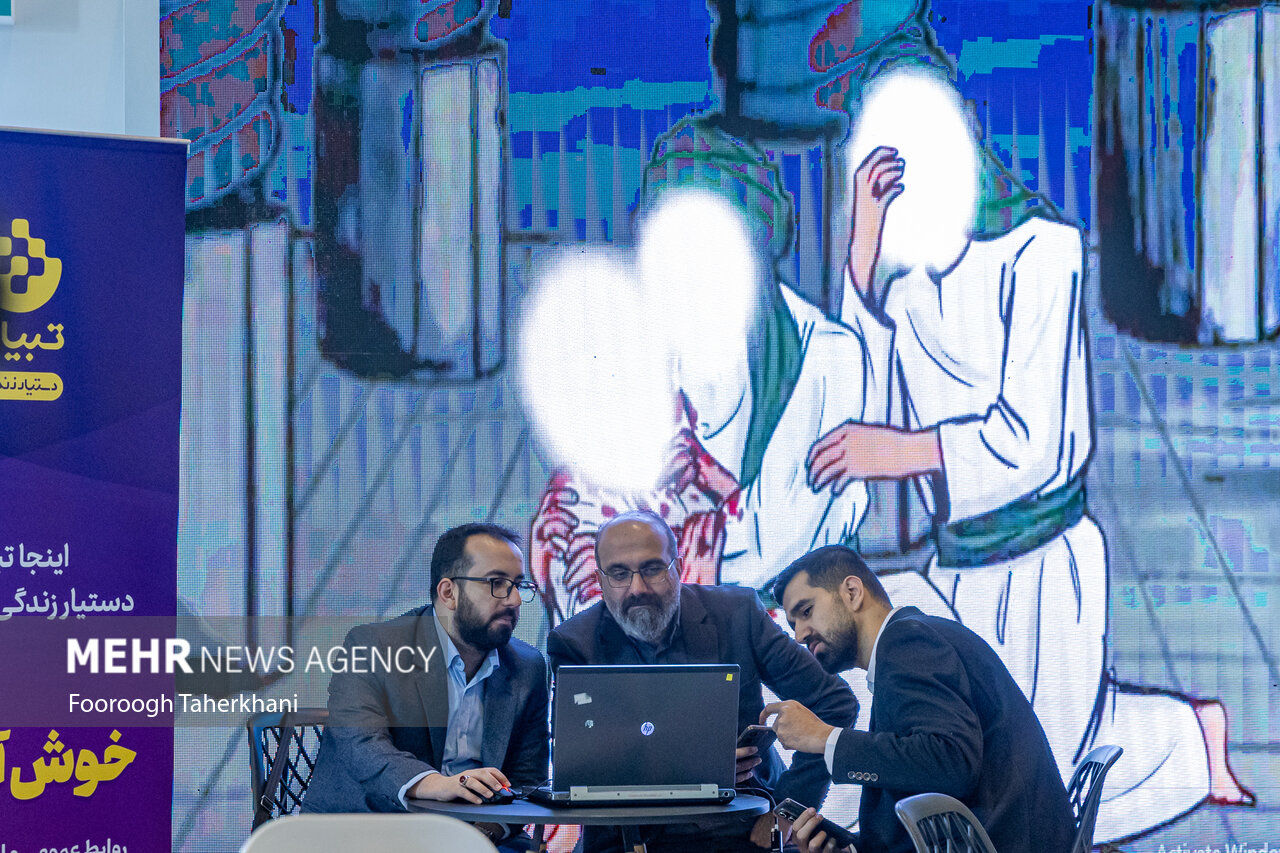The book “Safeer E Noor” means “The Ambassador of Light”, published by Surat Mayer’s publications, extends to 428 pages and explores the biography of a Muslim martyr Sayyid Arif Hussein Al -Hussein.
In two chapters, the book explores a Pakistani Shiite cleric and the leader of a well -made movement.
In 1967, Arif Al -Husseini enrolled at Nagif Ashraf University for religious studies during the denial of Imam Khomeini in Iraq, when the Bath Party held power.
In Najaf, Imam Khomeini met, embraced his ideas, and became a student and a soldier, admiring the judicial, moral, Sufi and political qualities.

After the Islamic Revolution, such as Imam Khomeini in Pakistan, and participating in cultural, religious and political activities while meeting the health and economic needs of the people.
His presence in Pakistan has strengthened a courageous figure who supported weak colonialism and exhibitions, which raised fears between the enemies of the Islamic Revolution.
In 1986, the year was assassinated by Arad Hussein Al -Hussein at the Beshawar College for Islamic Studies by unknown attackers.
In 1994, Reda Khan, the Pakistani resident and a colleague in Arif Hosseini, authored “Safeer e Noor”, and revealed the circumstances of his killing.
This 400 -page book is not only the details of the biography of Arif Hosseini, but also shows his Islamic personality and flexibility.
This book was re -printed over ten times in Pakistan and translated into Persian by Roya Jafadi and Joshua Zavari, with research contributions from the Center for Studies and the search for culture and literature from sustainability.
During the period of corporal Hosseini, Reda Khan held the position of Head of Dera Ismail Khan Department of the Imam Student Organization. He graduated from the pharmacy, sought to photograph the accuracy of the ruler of Hosseini and reveal the truth behind his assassination through interviews, documents reviews, and witnesses of witnesses.
The book was written in a modern social media era, which requires the author widely traveling and endorsing the information.
The pains of Aarine Hussein Al -Hussein were born on November 25, 1946, in Bewar, Paracenar, Khyber Bakhtongua, Pakistan.
He obtained his early education in a government elementary school and completed the high school diploma in umbrellas before following up religious studies in Madisa Jafria.
He later moved to Najaf to get more education and returned home in 1973, to marry before returning to Qom in 1974 to join Hawza.
While studying in Najaf, he attended the prayers led by Imam Khomeini, who was in exile. Despite the risks, he was the only Pakistani who was constantly praying behind Imam Khomeini and accommodating his lectures with interest, as he was sharing ideas with his fellow students after that.

His political activity began in Najaf, where he faced harassment from Saddam Hussein’s regime, but he remained without tension.
After his association with Imam Khomeini, he was ordered to leave Najaf and chose Qom.
His political activities drew the attention of the Shah’s intelligence, which led to his arrest and torture, but he persevered. Imam Khomeini and Wikala Nama, who was seized on the Iranian -Pakistani border in 1983 upon his return.
Returning to Pakistan, political activities began through speeches in local Shiite mosques and established a martyr Foundation to support the families of the martyr.
In the middle of February, the launch of the Safeer E Noor book in Tehran, with the presence of religious scholars in Iran.
During the ceremony, the President of the Islamic Development Organization (IDO) Hojatatolklam Mohammad Qomi was associated with the importance of the Pakistani character.
He said that Arif sought to strengthen true Islam among Muslims, and called for this number.
Refer to the generation of Mahmoudbour



